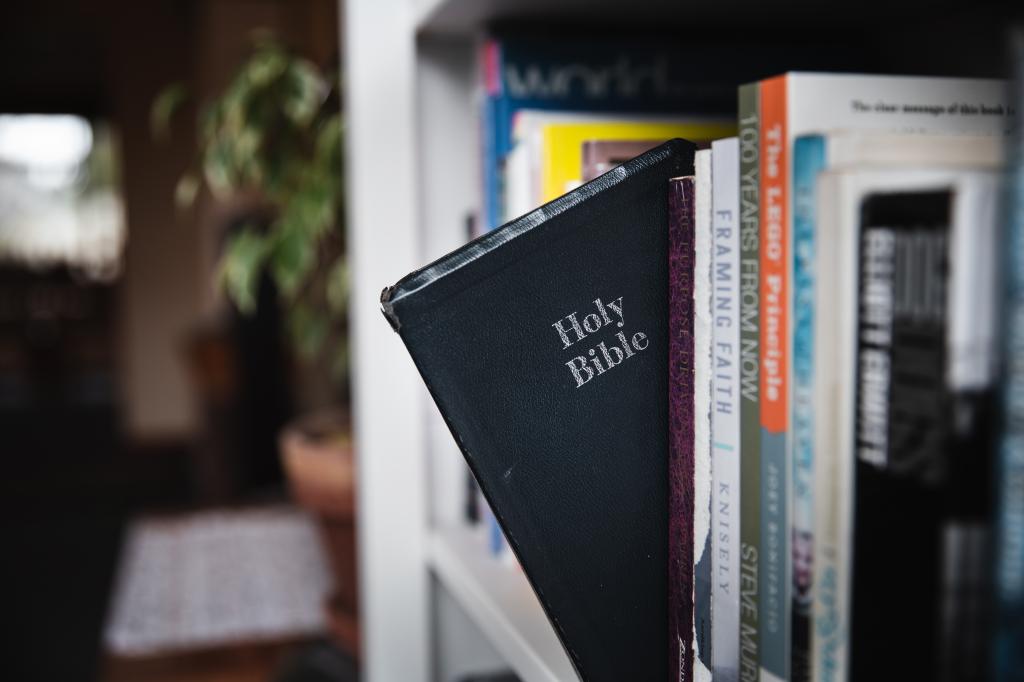The Canyon Independent School District (CISD) in Texas recently found itself embroiled in controversy after removing the Bible from its library shelves in a misguided attempt to comply with a new state law, House Bill 900 (HB 900), designed to ban sexually explicit material from school libraries. This action sparked immediate outrage, particularly from the bill’s sponsor, State Representative Jared Patterson, who vehemently denounced the district’s interpretation of the law. The incident highlights the complex challenges involved in navigating the intersection of legislation, religious texts, and educational environments, as well as the potential for misinterpretations and overreactions in the implementation of new laws.
The controversy began with the enactment of HB 900, legislation aimed at protecting children from exposure to inappropriate content within the educational setting. The law’s focus on “sexually explicit” materials created a climate of caution among school districts, prompting reviews of library collections to ensure compliance. CISD, in its effort to adhere to the new guidelines, interpreted the law broadly, ultimately leading to the removal of the Bible from its libraries. The district’s rationale, based on “a thorough review of its library contents,” was to maintain “an inclusive and legally compliant educational environment,” seemingly failing to recognize the protected status of religious texts under the very law they sought to uphold.
Representative Patterson, however, swiftly challenged CISD’s decision, clarifying that HB 900 specifically safeguards religious texts, including the Bible. In a strongly worded letter to CISD Superintendent Darryl Flusche, Patterson expressed his bewilderment at the district’s interpretation, labeling it “completely wrong” and “likely illegal.” He emphasized the historical and cultural significance of the Bible, characterizing its removal as “a grave injustice to the students in your care.” Patterson’s rebuke underscored the importance of accurate legal interpretation and the potential for unintended consequences when laws are applied without a full understanding of their scope and intent.
The representative’s letter served as a crucial corrective to the district’s misinterpretation of HB 900. Patterson’s clear articulation of the law’s provisions regarding religious texts brought to light the flawed reasoning behind CISD’s decision. His assertion that the Bible and other religious texts are explicitly protected under the law left no room for doubt, forcing the district to re-evaluate its stance. The incident underscores the importance of clear communication and guidance from lawmakers to ensure the proper implementation of legislation and avoid unnecessary controversy.
Following Patterson’s intervention, CISD reversed its decision, acknowledging its flawed interpretation of HB 900. The district issued a statement confirming that the Bible would be returned to its library shelves, citing the clarification provided by Representative Patterson regarding library content. This reversal reflects the importance of open dialogue between lawmakers and educational institutions to ensure that laws are applied effectively and in accordance with their intended purpose. The incident also serves as a reminder of the potential for misunderstandings and misinterpretations to arise in the implementation of new legislation.
The CISD Bible controversy underscores the delicate balance required in navigating legal and educational landscapes. It highlights the need for clear and concise legal language, proactive communication between legislators and educators, and a thorough understanding of the nuances within legal frameworks. While the incident ultimately resulted in the reinstatement of the Bible to CISD libraries, it serves as a valuable lesson in the complexities of legal interpretation and the importance of careful consideration when implementing new laws, particularly those impacting educational resources and religious freedoms. The controversy also sparked a broader conversation about the role of religious texts in public schools and the importance of safeguarding access to a diverse range of literary and cultural materials within the educational environment.

